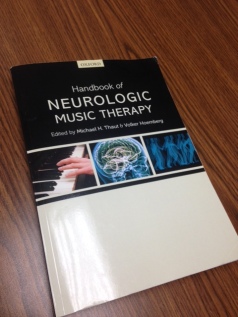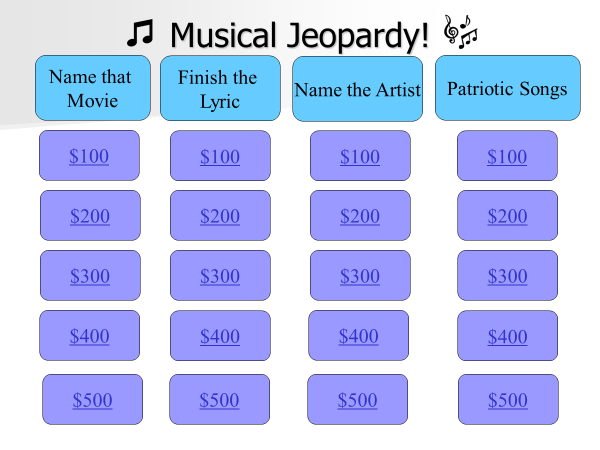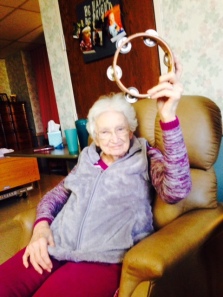“The brain that engages in music is changed by engaging in music.”
–Michael Thaut
Did you know that when we engage in music, whether it is singing, actively listening, or playing an instrument, all areas of the brain are activated? It’s pretty amazing. Areas of the brain where speech and language is processed as well as emotions, executive functioning, and motor functioning are all stimulated. This means that your body has an innate response to music, and is activated to respond in predictable ways based on musical input and interaction.
For those of you who are not familiar with Neurologic Music Therapy, I would love to take the time to share with you this amazing specialized field of music therapy. Neurologic Music Therapy is quite a different approach from traditional music therapy. NMT (Neurologic Music Therapy) was researched and developed by the Academy of Neurologic Music Therapy in Fort Collins, Colorado. The first certification program of NMT was held in 1999. Since then, Neurologic Music Therapy has been growing fast within the healthcare profession.
The founder of NMT, Michael Thaut and his wife (co-founder) Corene Hurt-Thaut, continue to teach the Neurologic Music Therapy Training Institute all over the world and it is endorsed by the World Federation of Neurorehabilitation, the European Federation of Neurorehabilitation Societies, and by the International Society for Clinical Neuromusicology. The training institute is also approved by The American Music Therapy Association.
So what exactly is the difference between Music Therapy and Neurologic Music Therapy?
Neurologic Music Therapy (NMT) is based upon neuroscience research and provides specific, individualized, and standardized interventions for those affected by neurologic injury or disease. NMT differs from traditional Music Therapy as it views music not as a social science model for well-being, but as a neuroscience model, where music is a hard-wired brain language.
NMT is the therapeutic application of music to cognitive, sensory, and motor dysfunctions due to neurologic disease of the human nervous system. Treatment techniques are based on the scientific knowledge of music perception and production and the effects thereof nonmusical brain and behavior functions.
Neurologic Music Therapy focuses on using music to help train functional skills and build pathways in the brain for better communication, coordinated motor movements and cognitive skills.
Neurological Music Therapy focuses on 3 key goal areas:
1. Speech & Language 2. Sensorimotor 3. Cognition
Speech & Language
When speech is lost due to brain damage, often the ability to sing is still present. NMT can be used for injuries and/or diseases such as Aphasia, Stroke, and Apraxia. NMT can help reverse the damage done through a series of specialized interventions such as Musical Speech Stimulation, Vocal Intonation Therapy, and Melodic Intonation Therapy. Using techniques such as Melodic Intonation Therapy and Rhythmic Speech Cueing, clients can regain functional phrases through singing the phrases.
Vocal quality can also help be improve through Therapeutic Singing techniques and Rhythmic Speech Cueing to help clients speak more clearly and in an audible volume.
Sensorimotor
NMT can also target gait, g ross and fine motor skills. Elements of music such as rhythm, meter, pitch, dynamics, and melody can be used in NMT techniques to help improve motor coordination and motor planning which in turn help improve functional motor movements and patterns. One particular technique called Rhythmic Auditory Stimulation is used for Stroke patients in gait training. The technique uses rhythmic cues to retrain client’s walking patterns to be more safe and functional.
ross and fine motor skills. Elements of music such as rhythm, meter, pitch, dynamics, and melody can be used in NMT techniques to help improve motor coordination and motor planning which in turn help improve functional motor movements and patterns. One particular technique called Rhythmic Auditory Stimulation is used for Stroke patients in gait training. The technique uses rhythmic cues to retrain client’s walking patterns to be more safe and functional.
Cognitive
Cognitive skills such as sustained attention, multi-tasking, decision making, planning and strategizing, and memory can be improved for clients with Autism, Traumatic Brain Injury, Psychiatric Disorders, or Dementia using NMT techniques. NMT interventions are created to practice and retrain cognitive skills through interactive music making experiences.
The training is open to Board-Certified Music Therapists as well as music therapy students, and other health care professionals such as occupational therapists, physical therapists, etc. Individuals who take the training and are not music therapist, can only teach in their scope of practice using these techniques, this training does not allow you to call yourself a music therapist if you are not Board-Certified.
For those of you who are music therapists, I strongly encourage you to attend this training at some point in your career and/or purchase the book “The Handbook of Neurologic Music Therapy.” I am so thankful for being introduced to NMT while I attended college at Western Michigan University because it helped shape my career goals and knowledge as a music therapist.
For more information about Neurologic Music Therapy feel free to contact me or browse The Academy of Neurologic Music Therapy Website.
Here is a link if you wish to purchase the “Handbook for Neurologic Music Therapy.”

Music Is Science.
-Courtney










 social skills and communication skills among residents. I always try to make the game challenging for working on memory recall and cognitive skills, but it is also very important to make sure the game is a successful experience for everyone. As a music therapist, it is always important to be able to assess each individual’s strengths and weaknesses so that you can modify and adapt the session as needed.
social skills and communication skills among residents. I always try to make the game challenging for working on memory recall and cognitive skills, but it is also very important to make sure the game is a successful experience for everyone. As a music therapist, it is always important to be able to assess each individual’s strengths and weaknesses so that you can modify and adapt the session as needed.